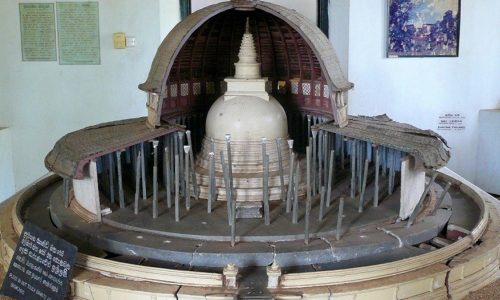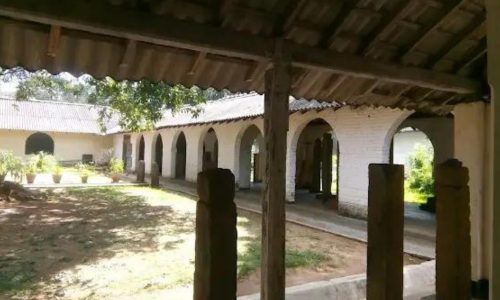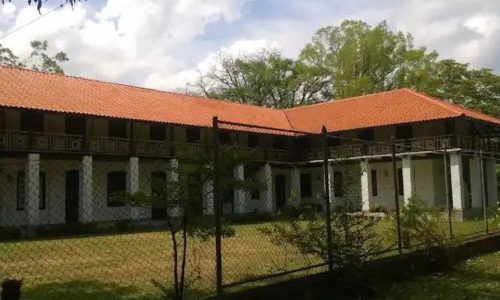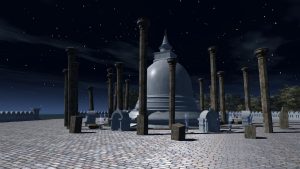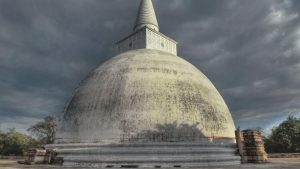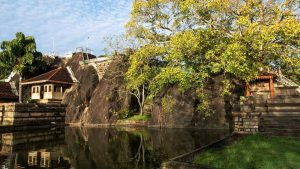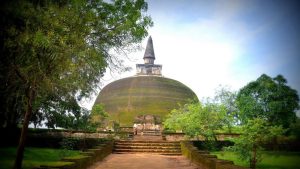Located in the ancient city of Anuradhapura, The Archaeological Museum is a treasure trove of Sri Lanka’s rich cultural heritage. The Anuradhapura Museum, established in 1947, showcases a vast collection of artifacts and relics that date back to the 3rd century BCE, providing visitors with a glimpse into the island’s glorious past.
Anuradhapura was the first capital of Sri Lanka and served as the political and religious center of the country for over 1,300 years. The city is home to several ancient stupas, temples, and monasteries. The museum’s collection of artifacts is a testament to the artistic and architectural achievements of the ancient Sri Lankan civilization.
The museum is housed in a building once the palace of King Vijayabahu I, who ruled the country in the 11th century. The building has been restored and renovated several times but retains much of its original architectural charm.
The museum’s collection includes many artifacts, from ancient coins and pottery to religious statues and jewelry. One of the most impressive exhibits is the Buddha statue collection, which includes standing and seated figures over 2,000 years old.
The museum also houses a collection of ancient inscriptions and manuscripts, including the famous Samadhi Statue inscription, which is considered one of the most important historical documents in Sri Lanka. The description, which dates back to the 4th century BCE, describes the meditation practices of the ancient Buddhist monks.
One of the museum’s highlights is the Jaya Sri Maha Bodhiya room, which houses a replica of the sacred Bodhi tree planted from a cutting of the original tree under which the Buddha attained enlightenment. The tree is one of the holiest objects in Sri Lanka, and the replica in the museum provides visitors with a rare opportunity to see it up close.
The museum also has a well-curated collection of artifacts from the ancient city of Polonnaruwa, the second capital of Sri Lanka. The exhibits include stone sculptures, pottery, and architectural elements from the city’s impressive structures, such as the Royal Palace and the Gal Vihara rock temple.
Visitors to The Archaeological Museum can also learn about ancient artifacts’ conservation and restoration processes. The museum has a conservation laboratory where visitors can observe the techniques used to preserve and restore fragile objects.
In conclusion, the Anuradhapura Museum is a must-visit destination for anyone interested in Sri Lanka’s rich cultural heritage. The museum’s collection of artifacts provides a fascinating insight into the island’s history and the achievements of its ancient civilization. The Archaeological Museum is open every day except Mondays and public holidays, and visitors are advised to allocate at least a few hours to appreciate the exhibits fully.


